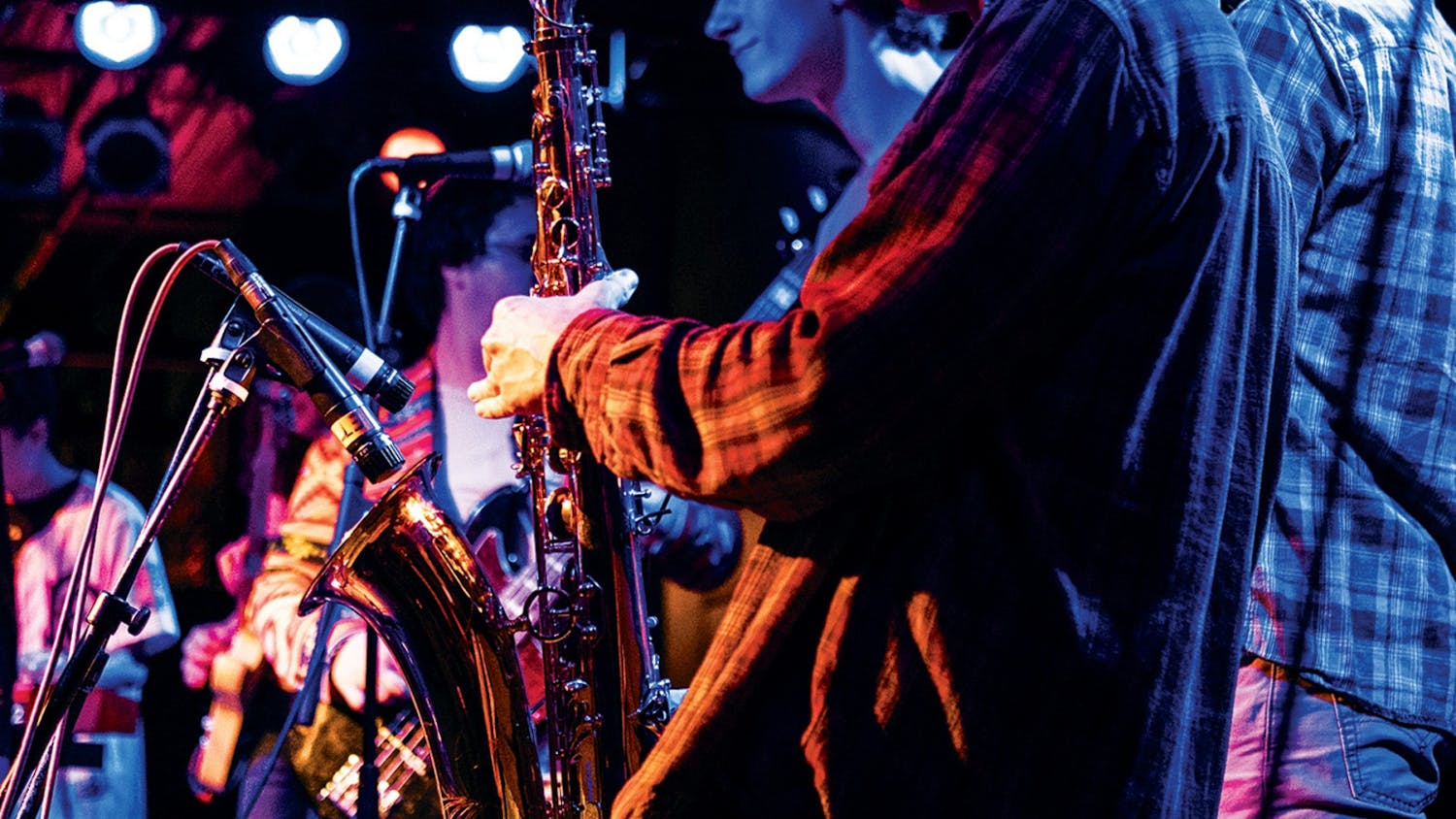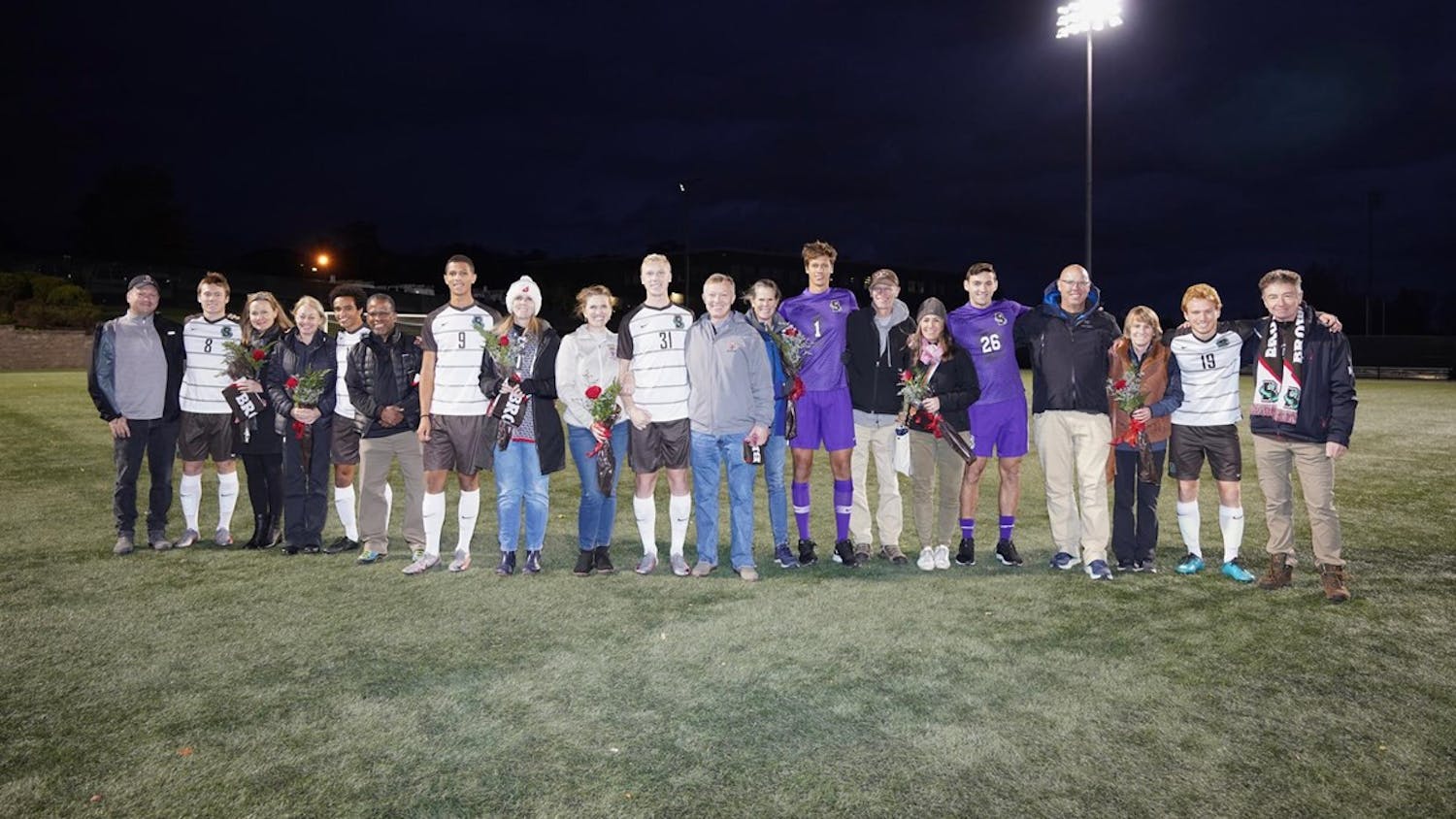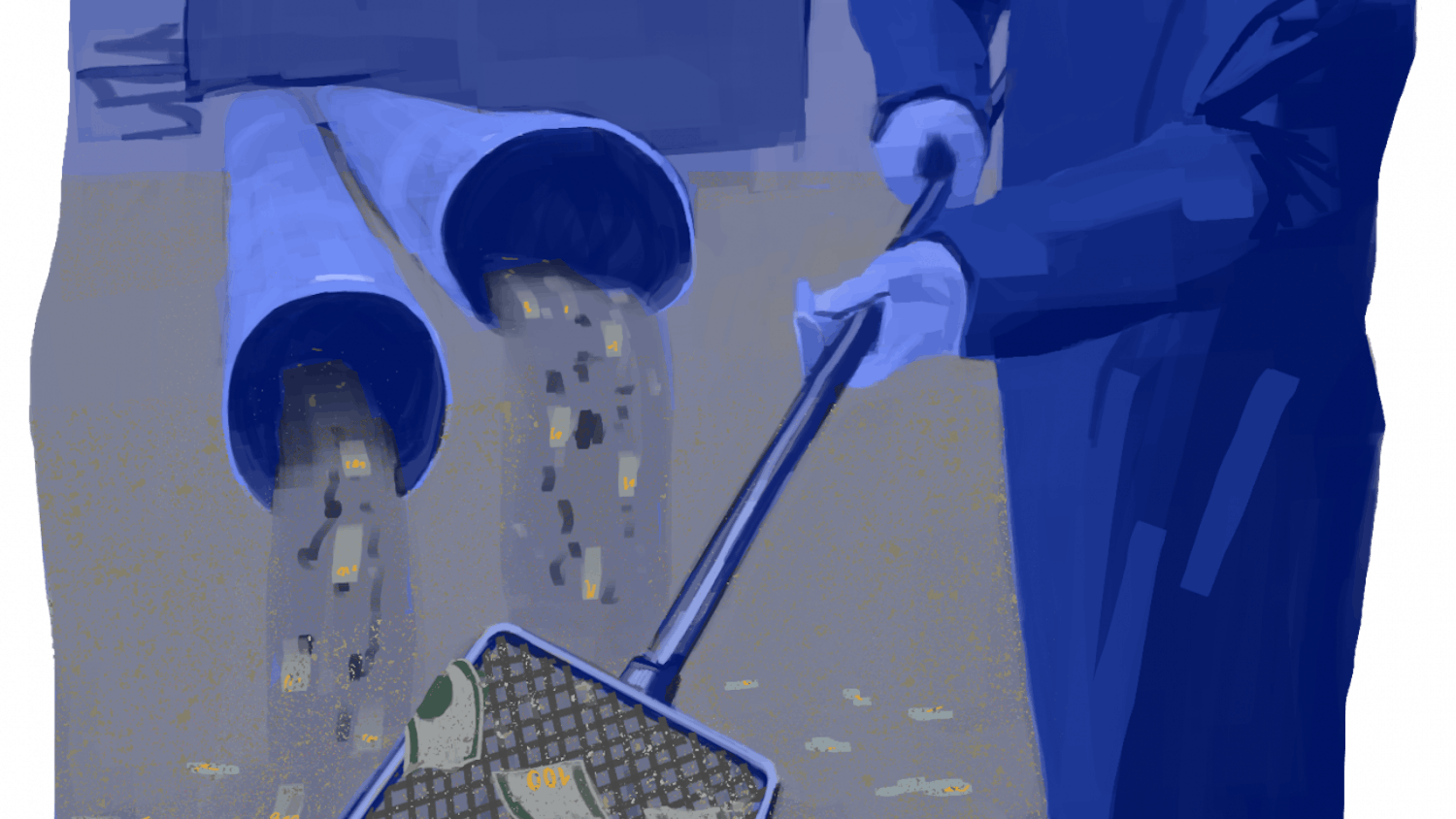Allyson Schumacher '12 hadn't anticipated how important a little crack in the sidewalk could be until she tried to roll over it in a wheelchair. Luckily, Schumacher's roommate was there to help her out with a push. Otherwise, Schumacher said, it would have been "impossible."
Schumacher was only borrowing the wheelchair for a day as a project for PHP 1680I: "Pathology to Power: Disability, Health and Community." But the difficulties she encountered trying to navigate Brown's campus are "part of the reason why you don't see many students in wheelchairs at Brown," said Professor of Community Health Bruce Becker, who co-teaches the course.
"There's an overwhelming need to raise the consciousness of Brown students" about the lives of the disabled, he said.
Students in the course, which has been part of the community health program for 10 years, read books and attend lectures by people with disabilities. They are also encouraged to volunteer with community organizations that serve disabled people.
But there's no substitute for direct experience, said Sarah Everhart Skeels, a TA in community health. Skeels uses a wheelchair, and when she began co-teaching the course seven years ago, she started to lend students her extra chair for a day.
"You're exposed to a lot of diversity at Brown," she said, but "one thing you are not exposed to at Brown is disability."
Though the wheelchair experience is one of a number of "disability experience" options in the course, Max Clermont '11, the course's head teaching assistant, said it is one of the most popular.
Students doing the project typically pair up, Skeels said, with one student using the chair and another serving as a helper. At the end of the day, both students document their experiences in a journal.
Of the 66 students in the course, 40 have chosen the wheelchair option so far.
Schumacher said she chose to spend a day in a wheelchair because it was "something that I probably wouldn't get to experience alone." In doing so, she discovered how "truly inaccessible" Brown's campus can be.
Brown's location and terrain make it inherently difficult for wheelchair users to navigate, Director of Disability Support Services Catherine Axe '87 wrote in an e-mail to The Herald.
"Brown sits on a hill and now spans the hill as it has expanded downtown," she wrote. Brown's integration with Providence also means that the University doesn't "have control of all the streets and sidewalks." For example, Brown has no authority to keep Thayer Street's sidewalks clear of any objects retailers choose to put out. Paving and snow removal can also be "unpredictable" in areas that are technically off-campus, she wrote.
Schumacher agreed. Going downhill was "scary," she said, and when she was going uphill, she felt like she "was going to tip over."
Milford James '12, who did the project without a helper, said he could get to all his classes that day. But, like Schumacher, he experienced frustrations with hills and sidewalks. "There were some instances where I got stuck," he said.
Despite the campus's inherent challenges, Becker and Skeels agreed that accessibility has improved over the past 10 years, in large part because of projects, such as the Walk, in which DSS was actively involved.
Axe also singled out the formation of the Campus Access Advisory Committee, which advises the University on priorities to improve campus accessibility and gives input on new construction plans, as a factor in the general improvements in accessibility.
Still, the University's age means many campus buildings were constructed "well before access was considered in construction," Axe wrote. While renovations aim to increase accessibility, "there are still some buildings that have not been fully renovated or that it would be very hard to make accessible."
Students in the class cited dormitories on Wriston Quadrangle as particularly inaccessible. James, who lives in Chapin, said he could not enter his building in a wheelchair.
Though recent renovations enlarged restrooms on the second and third floors of the buildings and added railings, people must use a staircase to get to them, said Lauren Presant '10, another of the course's teaching assistants. The buildings have no elevators or lifts.
Limited funds present one barrier to renovations. Before the recent financial crisis, Axe wrote, DSS had a budget of $100,000 per year to spend on smaller projects not related to construction, including improving sidewalks and making restrooms and elevators more accessible. But with the University's budget cuts, Axe said, DSS and the CAAC must prioritize some projects at the expense of others.
James and Schumacher both said people were generally friendly to them, offering to lend a hand opening a door or carrying a drink at lunch. However, both said they "got a lot more stares" than usual.
Wheeling down Thayer Street "was almost demeaning," James said, "like I was just a prop that was, like, rolling down the street."
Schumacher said people were generally friendly to her. "When I went to Blue State that day, the person behind the counter was really nice," she said. Still, she wondered, "Is he treating me nicely because that's how he treats all people, or is it because I'm handicapped?"
Skeels said such reactions aren't unusual. "There's these weird assumptions people make about people with physical disabilities," she said. For example, when a person in a wheelchair goes to a restaurant, the waitstaff often ask an able-bodied friend what the person in the wheelchair wants to eat, she added.
Though students said the project helped them appreciate the importance of accessibility, it also helped them realize that wheelchair users are not helpless.
Using a wheelchair is "definitely manageable," James said. "It's difficult, but it's their life. They're regular people that have regular lives."




